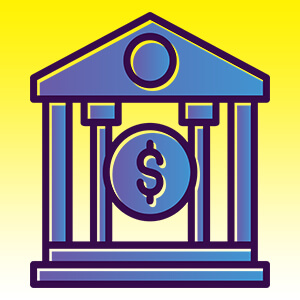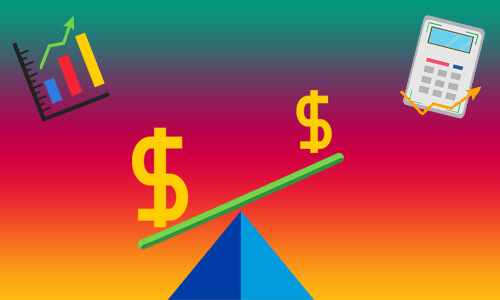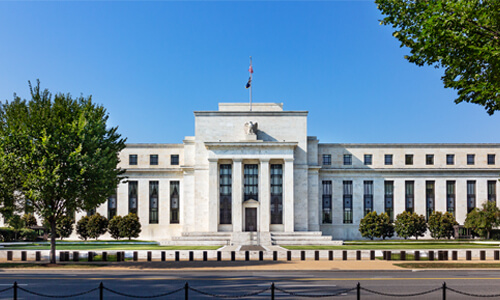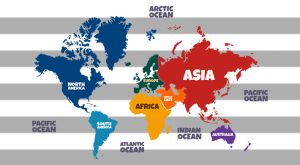The Federal Reserve: A Trader’s Guide to Understanding Monetary Policy
Focusing on the Federal Reserve System, often abbreviated to the Federal Reserve, is a central banking institution that has a profound influence on global financial markets, including foreign exchange (forex), digital currencies, and gold. Understanding the history, structure, and decision-making processes of the Federal Reserve is critical for any trader navigating these markets.
A Historical Perspective: From Panics to Modern Policy
The Federal Reserve was created in 1913 out of a desire for stability after a series of financial panics. Understanding this historical context is vital. The role of the Federal Reserve has evolved significantly, from lender of last resort to actively managing inflation and unemployment through monetary policy.
- 1913: Established in response to financial panics, the Fed aimed to create a more stable financial system.
- Great Depression: The Fed’s role evolved during this period, highlighting the need for its ability to respond to crises.
- Post-WWII: The Fed, along with other central banks, established the Bretton Woods system, pegging currencies to gold.
- 1971: The Nixon administration ended the Bretton Woods system, ushering in the era of floating exchange rates, where currencies fluctuate based on supply and demand.
- Recent Decades: The Fed’s focus has shifted towards managing inflation and unemployment through monetary policy tools.
The Structure of the Fed
The Fed is a complex system with three key parts:
- The Board of Governors: Appointed by the President and confirmed by the Senate, this seven-member board sets monetary policy through meetings known as FOMC (Federal Open Market Committee) meetings.
- The Federal Reserve Banks: Twelve regional banks act as fiscal agents for the U.S. government and hold reserves for member banks.
- The Federal Open Market Committee (FOMC): This committee, led by the Chair of the Board of Governors, sets interest rates and conducts open market operations – buying and selling government securities – to influence the money supply and credit conditions.

The Fed’s Impact on Forex Markets
The Fed’s monetary policy decisions significantly impact forex markets. Here’s how:
- Interest Rates: Higher interest rates attract foreign investment to U.S. dollar-denominated assets, strengthening the dollar against other currencies.
- Quantitative Easing (QE): When the Fed buys government bonds, it injects more money into the economy, weakening the dollar. Conversely, quantitative tightening (QT) strengthens the dollar.
- Verbal Guidance: The Fed’s announcements and forecasts about future interest rate changes can trigger significant currency movements based on market expectations.
The Fed and Digital Currencies
The rise of digital currencies like Bitcoin has sparked debate about the Fed’s role. While the Fed doesn’t directly regulate Bitcoin, its monetary policy stances can indirectly affect investor sentiment towards digital currencies as an alternative asset class. Additionally, the Fed is exploring the possibility of issuing its own digital currency, a Central Bank Digital Currency (CBDC), which could further impact the digital currency landscape.
Regulation: The Fed is a key player in developing regulations for digital currencies, which can impact their adoption and valuation.
Interest Rates: Just like traditional currencies, digital currencies are also indirectly impacted by interest rate decisions.
The Fed and Gold
Gold is often seen as a hedge against inflation. When the Fed implements loose monetary policy, weakening the dollar, the price of gold often rises as investors seek a safe haven. Conversely, tighter monetary policy can lead to a stronger dollar and potentially lower gold prices.

Staying Informed: Key Resources for Traders
To stay ahead of the curve, forex traders should closely monitor the Fed’s pronouncements:
- FOMC statements and meeting minutes: These provide insights into the Fed’s policy decisions and rationale.
- The Federal Reserve Economic Data (FRED): This website provides access to a vast amount of economic data the Fed uses to make policy decisions.
- Speeches by Fed officials: Public speeches by the Chair and other Board members can offer clues about future policy direction.
Traders should stay updated on the Fed’s pronouncements and economic data releases. The Federal Reserve Board website (https://www.federalreserve.gov/) publishes meeting minutes, economic reports, and the Chair’s speeches, offering valuable insights into the Fed’s thinking and future actions.
By understanding the Federal Reserve’s role and its impact on various markets, traders can make more informed decisions and potentially capitalize on opportunities arising from the Fed’s monetary policy pronouncements.
Happy trading
may the pips be ever in your favor!









